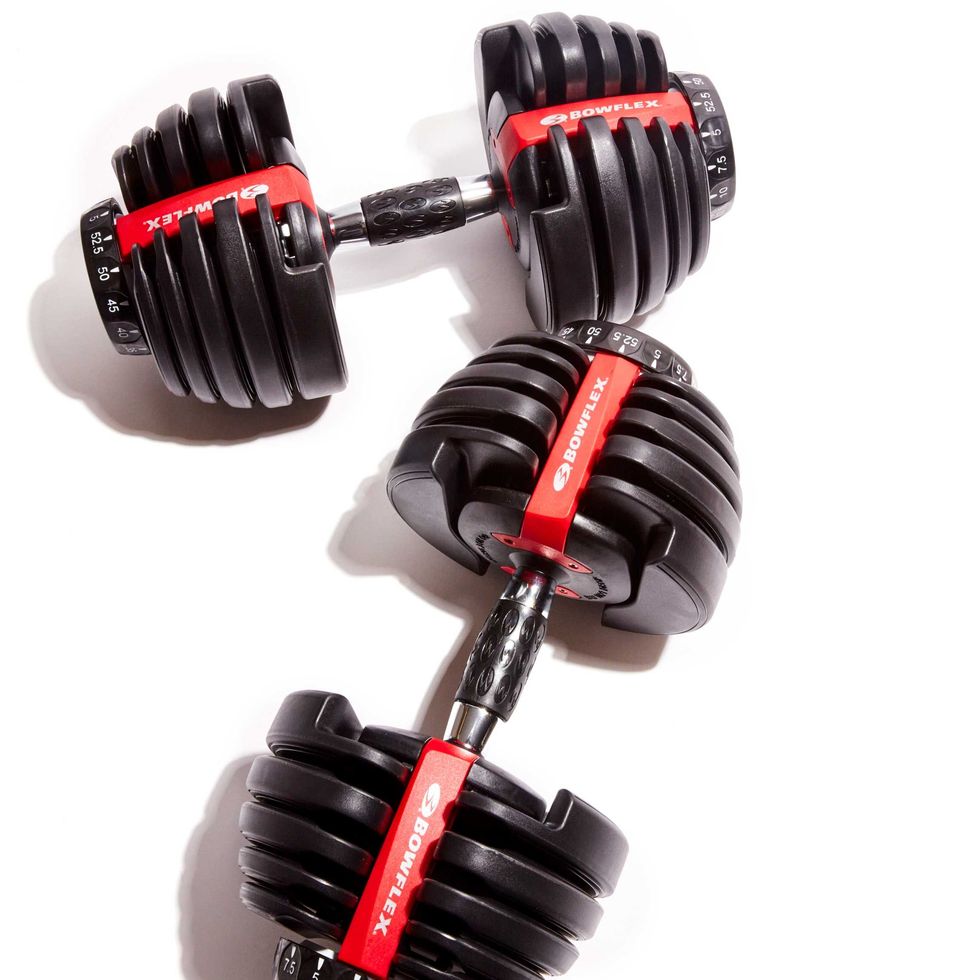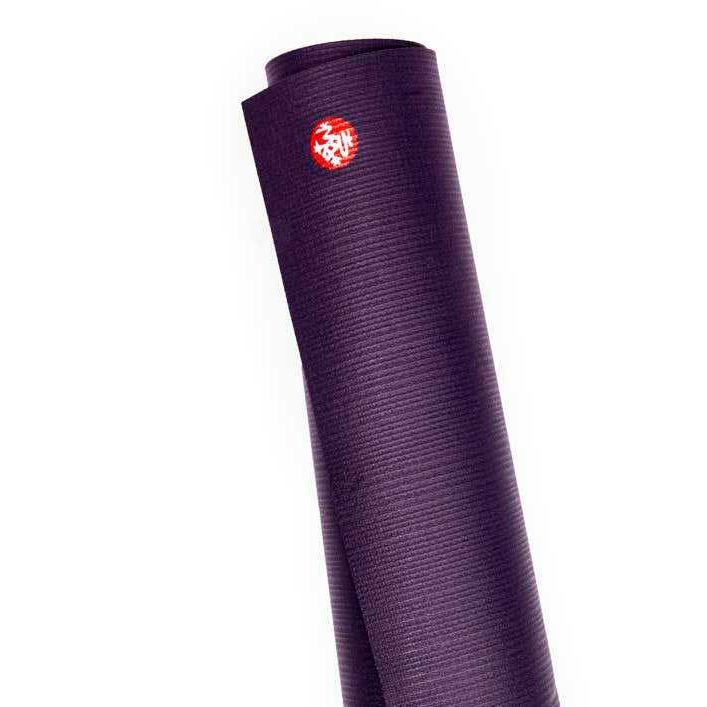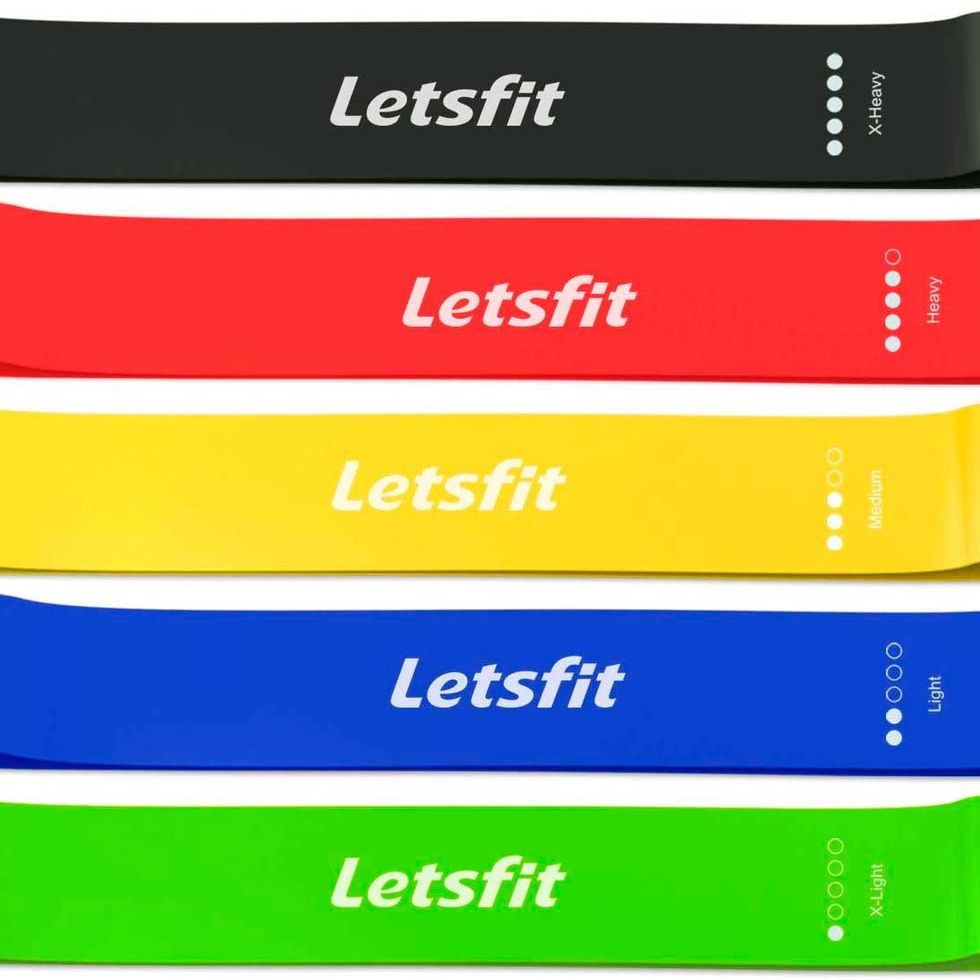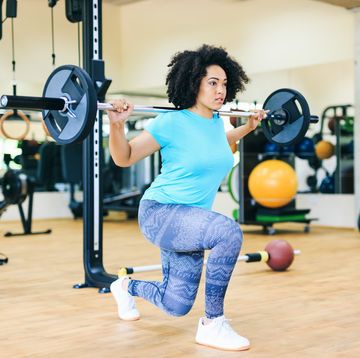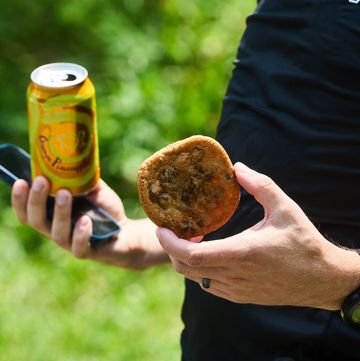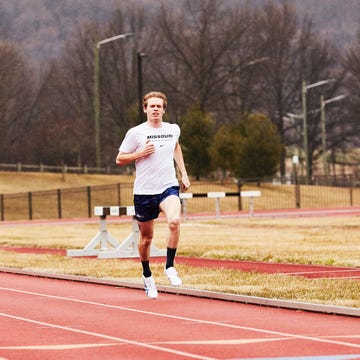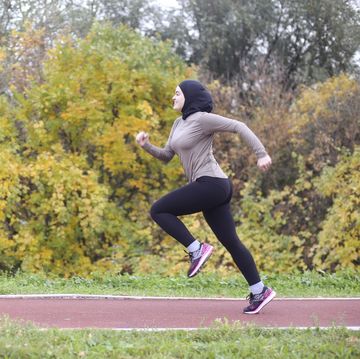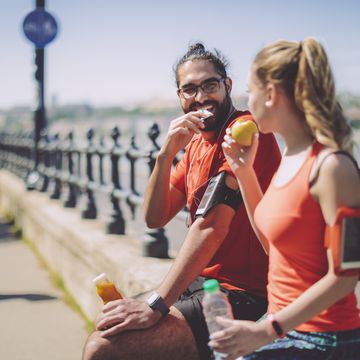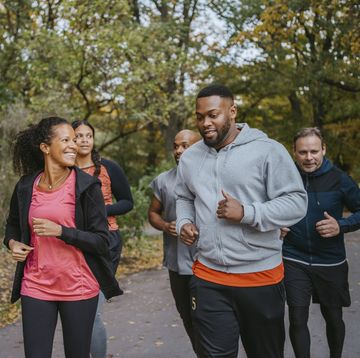- New research stresses the importance of having a strong upper body when it comes to running efficiency.
- Training your upper body improves your running because it helps you prevent fatigue and improves endurance.
- Adding exercises such as planks, back extensions, and squats to overhead presses to your strength training routine is a great way to work multiple muscle groups at once.
For better running efficiency, it’s a given that you need a strong lower body—including your glutes, calves, and quads—as well as more flexibility and mobility in your hips, knees, and ankles. Does that mean your upper body is just along for the ride, though? Turns out, it may play a bigger role in running than you might think.
A recent study in the American Journal of Physical Anthropology looked at what’s called the neuromechanical link between the head and the arms during running. This link brings together the brain, central nervous system, and muscles to drive movement and muscular contraction.
Join Runner’s World+ to become a stronger, faster runner!
Researchers focused on the biceps brachii, which are located in the upper arm, and the superior trapezius muscles, which are located in the in the upper back. They had 13 people walk and run on a treadmill while sensors recorded muscle activation. The neuromechanical link between the head and arms fired up during running, but not during walking—and holding weights in each hand increased this effect.
Even though this was a small study, the results suggest that the evolution of long-distance running may have favored this synergistic muscle activation, researchers concluded. Even more important for runners today, it means strengthening that neuromechanical link could have potential benefits.
“Simply put, training your upper body will help improve your running,” Eric Madia, C.S.C.S., head of sport science at Sports Performance Lab, told Runner’s World. He said that much of running performance comes from technique and movement efficiency—the greater your efficiency, the less energy you need to expend. That helps prevent fatigue and improves endurance.
He suggested training your postural muscles, like your erector spinae (muscles that run parallel to your spinal column) as well as your lats and shoulder stabilizers, in addition to your arm muscles. Not only will this improve form, but it also keeps your energy going in the same direction.
“Think of your body as having left and right halves, with a barrier down the center,” he said. “When we run, we want our respective limbs to stay on their sides. This means all the energy and speed we create from our stride is in allowing us to move forward. Training our upper body will facilitate this by strengthening all the structures that allow our body to keep its respective limbs on their respective sides.”
In addition to your back, shoulders, and arms, keep in mind that part of your core is also considered upper-body muscles, added biomechanics coach and master Pilates instructor Jessica Schatz.
“Developing the upper body, especially a strong core, can lead to a positive difference in stability, which enables a runner to focus on where the head and neck are in relation to the spine and pelvis,” she told Runner’s World. “The relational understanding of spatial awareness adds up to more efficient movement and less chance of injury.”
Also, she added, building the muscles in your upper body boosts your potential to hold more glycogen for longer—it’s glycogen depletion that leaves you running on fumes, so Schatz said this is a way to upgrade to a bigger fuel tank.
But it isn’t just fatigue that might alert you to the need for more upper-body strength, Madia said. Tension and pain during or after a run could be a major clue that your upper body needs work.
For example, if your shoulders are elevated during a run, it means your upper trapezius muscles are being overworked, said Madia, and that creates tension. Training the middle and lower trapezius muscles to become stronger will balance out the load, and make your shoulders feel better.
In general, taking a full-body approach to strength training can benefit your running performance, especially if you’re trying to increase your endurance. Adding total-body exercises—such as planks, back extensions, and squats to overhead presses—to your routine is a great way to work out multiple muscle groups.
Elizabeth Millard is a freelance writer focusing on health, wellness, fitness, and food.

